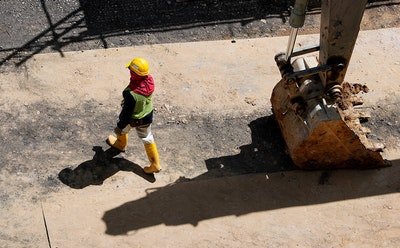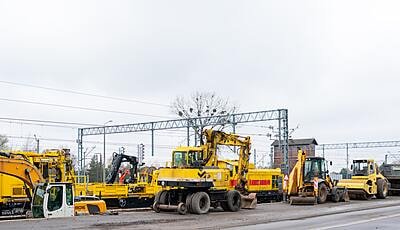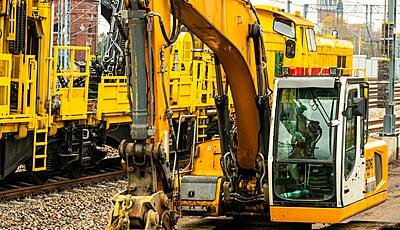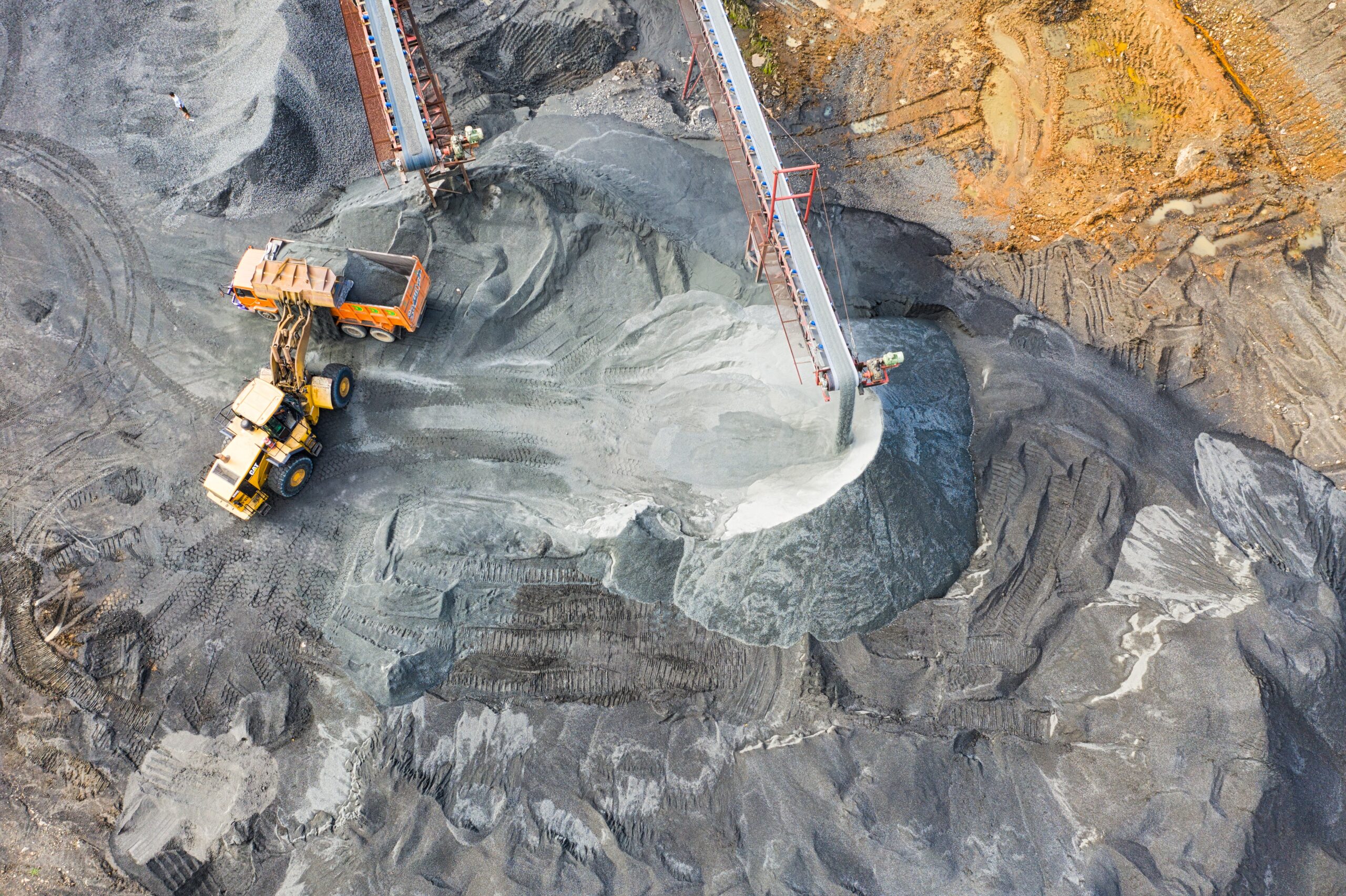Core Team
The Managing Partners
Mr Prabhangad Singh – hailing from a business background, he possesses brilliant acumen for business development and process alignment. Mr P Singh went to Cardiff University, Wales, United Kingdom to pursue his graduation in business administration, and also spent a few years in other parts of the world to gain experience in working in large corporate companies.
Mr Anand Singh – starting young in helping out with the running of this business venture, Mr A Singh holds great skills in marketing and client management. His education and belonging to a family of entrepreneurs gives him an edge when it comes to growing the business. Also, his experience working with large manufacturers of equipment is a bonus.




